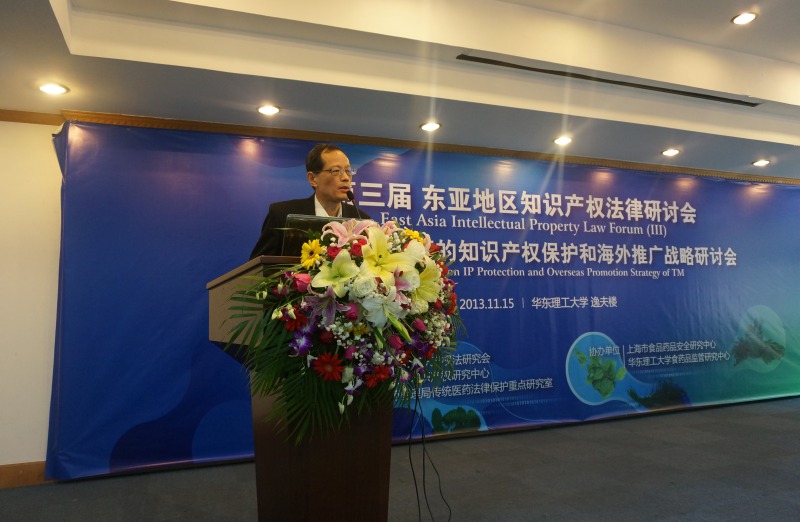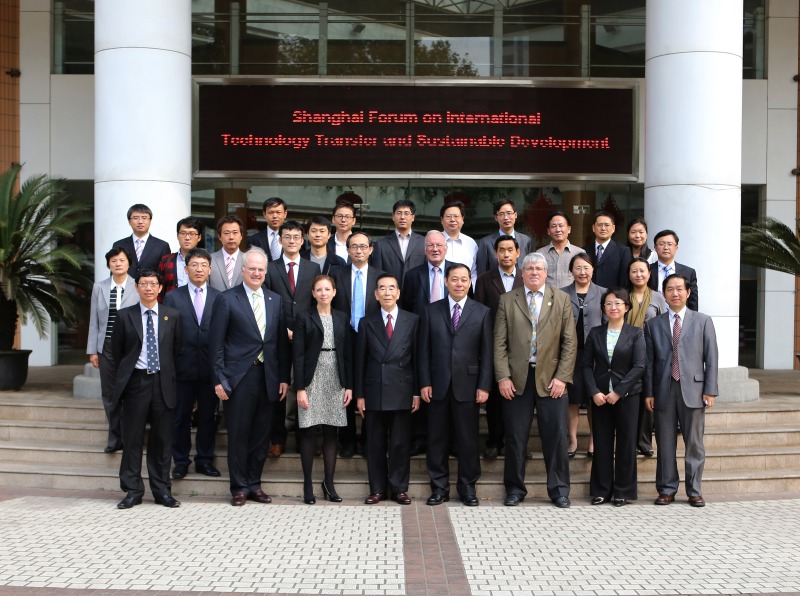The Evolutionary Mechanism of Peach Genome Transposable Elements Has Been Found
Peachis one of the most ancient fruit trees originated from China which has been domesticated and cultivated more than three thousand years. Peach blossom hasmany kinds of shape and color. Since Classicof Poetry which has been written for more than two thousand years, peach has been the object of many poets’ poetry. Although the genome of peach was small (nearly 230Mb), the differences of phenotype among varieties are abundant.
LuWang from Wuhan Botanical Garden, Chinese Academy of Sciences, under the guidance of researcher Yuepeng Wang, did the research on the mutual relation between the chromosome location distribution and the functional gene of hAT-MITE transposable elements in the peach genome. They found that the hAT-MITE transposable elements were very active in the peach genome. The copy number has expanded to nearly 500 pieces and 39 of them has inserted into thegene region. Through the comparative analysis of whole genome sequencing between cultivars and ornamental cultivars, the researchers found that relative to the reference varieties which had close relationships, more than 200 insertion sites of hAT-MITE transposable elements in difference cultivars and ornamental cultivars genome. This research also revealed the regulatory effecton gene function of hAT-MITE transposable elements and its origin and evolutionary history.
The research result has been published on Plant Molecular Biology as the title of “Evolutionary origin of Rosaceae-specific active non-autonomous hATelements and their contribution to gene regulation and genomic structuralvariation”. This result revealed the contribution of transposable elementson peach variety. It not only offered good proof for the domestication history and varieties evolution of peach, but also provided the research tool for the cultivation of difference varieties of peach.
Time:2016.2.7
Source:Wuhan Botanical Garden, Chinese Academy of Sciences
next:The Modification of Porcine Genes May Make Contributions to Saving Diabetes


